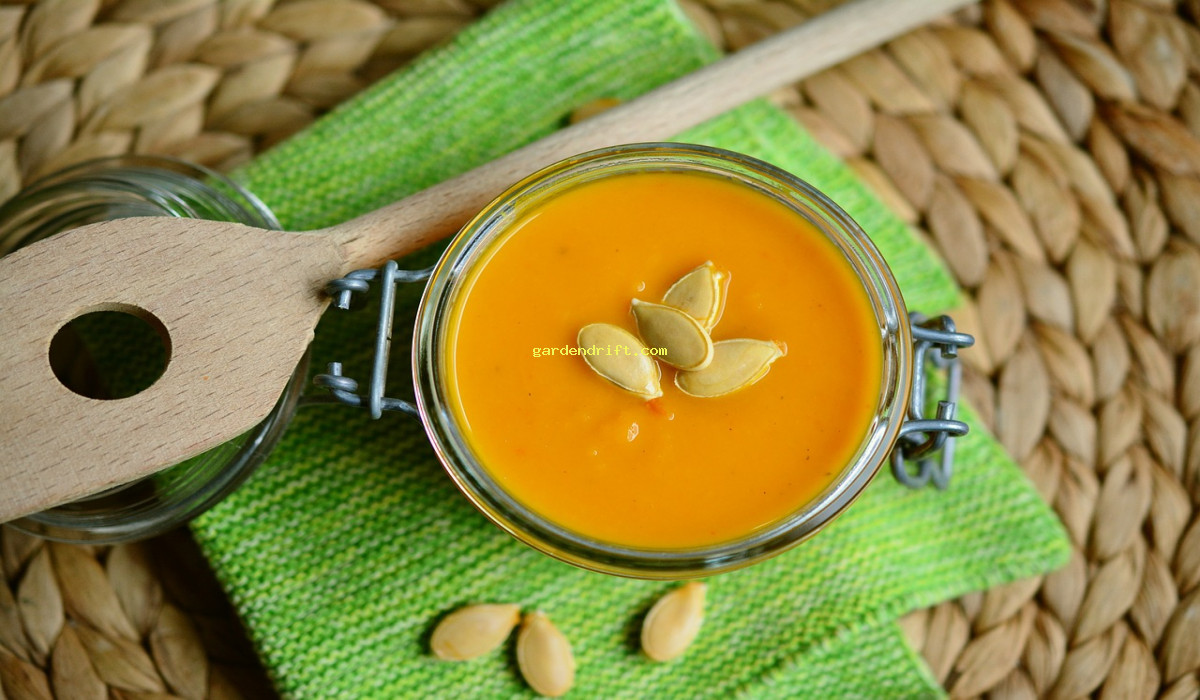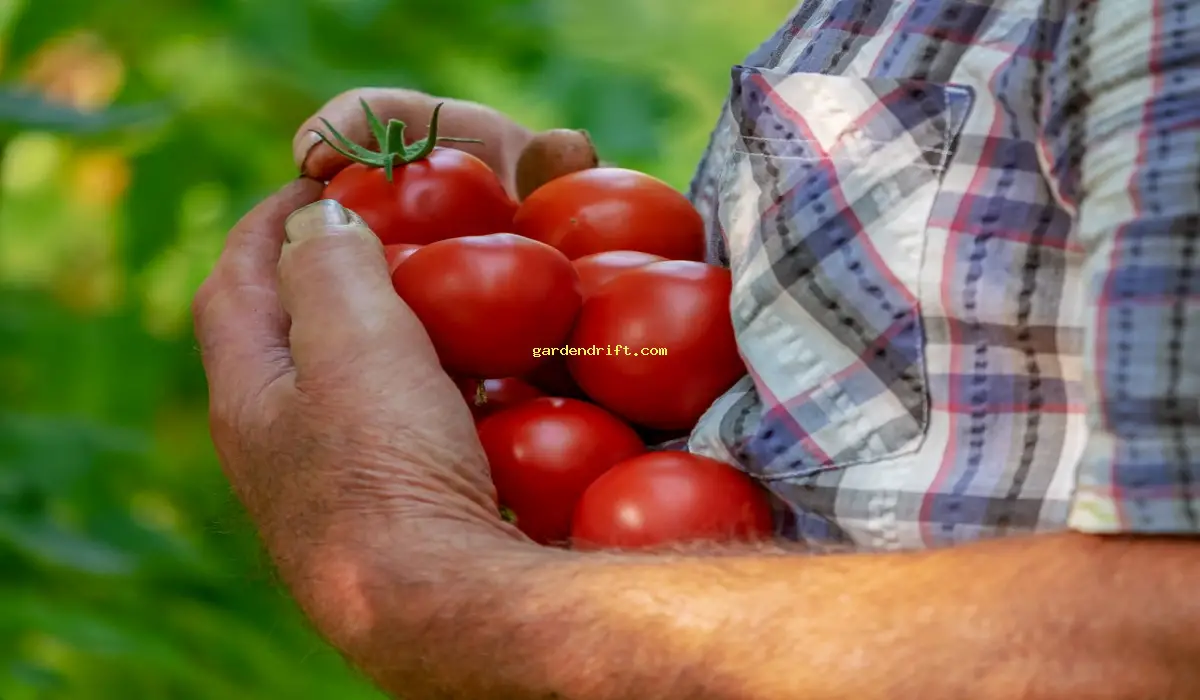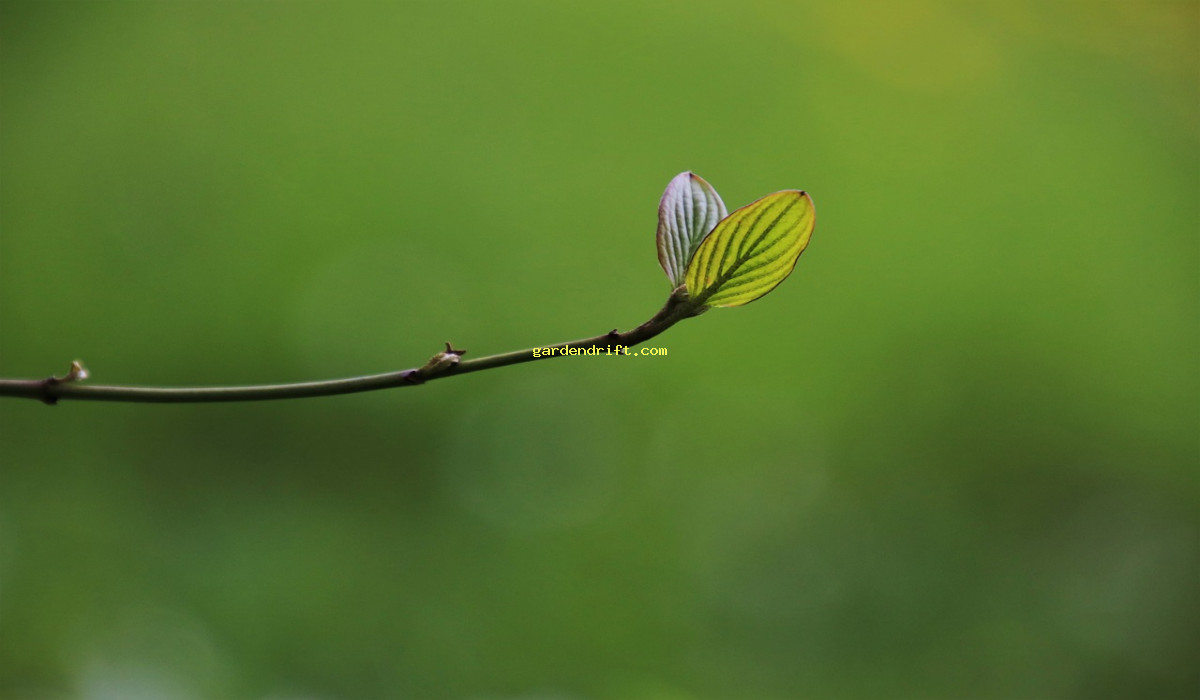Mastering Container Gardening: How to Grow Perfect Celery in Small Spaces. Easily grow your own delicious celery in any space using containers. Learn how to plant and care for this nutrient-rich vegetable without needing a large garden. Follow these simple steps to have fresh celery at your fingertips! #containergardening #celery #urbanfarming
How to Grow Perfect Celery in Small Spaces
Mastering Container Gardening: How to Grow Perfect Celery in Small Spaces. this nutrient-rich vegetable Mastering Container Gardening: How to Grow Perfect Celery in Small Spaces

If you’re looking to add some fresh celery to your cooking and don’t have a lot of outdoor space, growing celery in containers is the perfect option for you. This versatile vegetable can be grown in smaller spaces, making it ideal for those with limited room for a traditional garden. Plus, growing celery in containers allows for easier maintenance and prevents potential pest problems.
Container Selection and Preparation
Before you start growing celery in containers, it’s important to choose the right container and prepare it accordingly. Here’s what you need to know:
– Container: You’ll want to choose a container that is at least 12 inches deep to accommodate the long roots of celery. It should also have drainage holes, as celery prefers well-drained soil. A large pot or a deep window box are both great options.
– Soil: Celery thrives in nutrient-rich soil, so choose a high-quality potting mix or make your own by combining equal parts potting soil, compost, and vermiculite.
– Fertilizer: Because celery is a heavy feeder, it’s important to fertilize it regularly. When using a commercial fertilizer, follow the instructions on the packaging. You can also opt for organic fertilizers, such as fish emulsion or compost.
– Drainage: To prevent water from pooling at the bottom of the container, add a layer of gravel or small rocks before filling it with soil. This will also help with aeration.
Planting Celery
Once you have your container ready, it’s time to plant your celery. Follow these steps for successful planting:
– Seeds or Transplants: Celery can be grown from seeds or transplants. If starting from seeds, sow them in the container about 10-12 weeks before the last frost. If using transplants, you can start them indoors and transplant them to the container once they are about 8 weeks old.
– Plant Spacing: Whether using seeds or transplants, celery should be planted 6-8 inches apart to give them enough room to grow.
– Soil Depth: To promote a strong root system, plant your celery deep into the soil, leaving only the top few leaves exposed.
– Watering: Celery needs to be kept consistently moist, but not waterlogged. Water your plants regularly, keeping in mind that containers tend to dry out faster than traditional gardens.
Optimal Growing Conditions
Celery is a cool-season vegetable that thrives in moderate temperatures. Here are some additional growing conditions to keep in mind:

– Sunlight: Celery needs at least 6 hours of sunlight per day, but it can also tolerate partial shade. If growing indoors, make sure to place your containers near a south-facing window for optimal sunlight exposure.
– Temperature: The ideal temperature range for growing celery is between 60-70 degrees Fahrenheit. Temperatures below 50 degrees can cause the plants to bolt, or go to seed, prematurely.
– Watering: As mentioned before, celery requires consistent moisture. Keep an eye on the soil and water regularly to prevent it from drying out.
Pest and Disease Control
Like any plant, celery is susceptible to pests and diseases. However, growing celery in containers helps to reduce the risk of these issues. Here are some common problems to watch out for:
– Pests: Slugs, snails, and aphids are some pests that can cause damage to celery. Use organic controls, such as diatomaceous earth, to keep them at bay.
– Diseases: Celery is prone to diseases such as leaf spot, rust, and bacterial soft rot. Provide adequate air circulation and keep the foliage dry to prevent these issues from occurring.
Maintenance and Harvesting
Once your celery is planted, it’s important to provide regular maintenance to ensure healthy growth and a bountiful harvest. Here are some tips to remember:
– Fertilizing: As mentioned earlier, celery is a heavy feeder and will benefit from regular fertilization. Use a balanced fertilizer every 4-6 weeks during the growing season.
– Watering: Keep an eye on the moisture levels in your containers and water as needed to prevent the soil from drying out.
– Weeding: Remove any weeds that may grow around your celery plants as they can compete for valuable nutrients.
– Harvesting: Celery is typically ready to harvest in about three months. Cut the stalks at the base, being careful not to damage the rest of the plant. You can also harvest individual leaves as needed.
Celebrating Success with Freshly Grown Celery
Growing celery in containers may require a bit of effort, but the end result is well worth it. This versatile vegetable can be used in a variety of dishes, from salads to soups to stir-fries. Plus, there’s nothing more satisfying than cooking with vegetables you’ve grown yourself. With proper care and maintenance, you’ll have a steady supply of fresh celery on hand all season long.

So, why wait? Get started on your own celery container garden today and enjoy the taste of freshly grown produce in your cooking. Happy gardening!
How to Grow Perfect Celery in Small Spaces
Easily grow your own delicious celery in any space using containers. Learn how to plant and care for this nutrient-rich vegetable without needing a large garden. Follow these simple steps to have fresh celery at your fingertips! #containergardening #celery #urbanfarming. Growing Mastering Container Gardening: How to Grow Perfect Celery in Small Spaces
Why is celery difficult to grow in containers?
Celery is difficult to grow in containers because it requires a lot of water and nutrients, which can be difficult to maintain in a confined space. Additionally, celery has long roots that can become rootbound in containers, leading to stunted growth and smaller yields.
What type of soil should I use for growing celery in containers?
Celery grows best in rich, well-draining soil that is high in organic matter. A mixture of equal parts compost, vermiculite, and peat moss is ideal for growing celery in containers. This will provide the necessary nutrients and structure for healthy root growth.
How often should I water my celery in containers?
Celery requires consistent moisture to grow properly, so it is important to keep the soil consistently moist but not soggy. You may need to water daily or every other day, depending on the weather and the size of your container. Be sure to check the soil moisture regularly and adjust your watering schedule accordingly.
